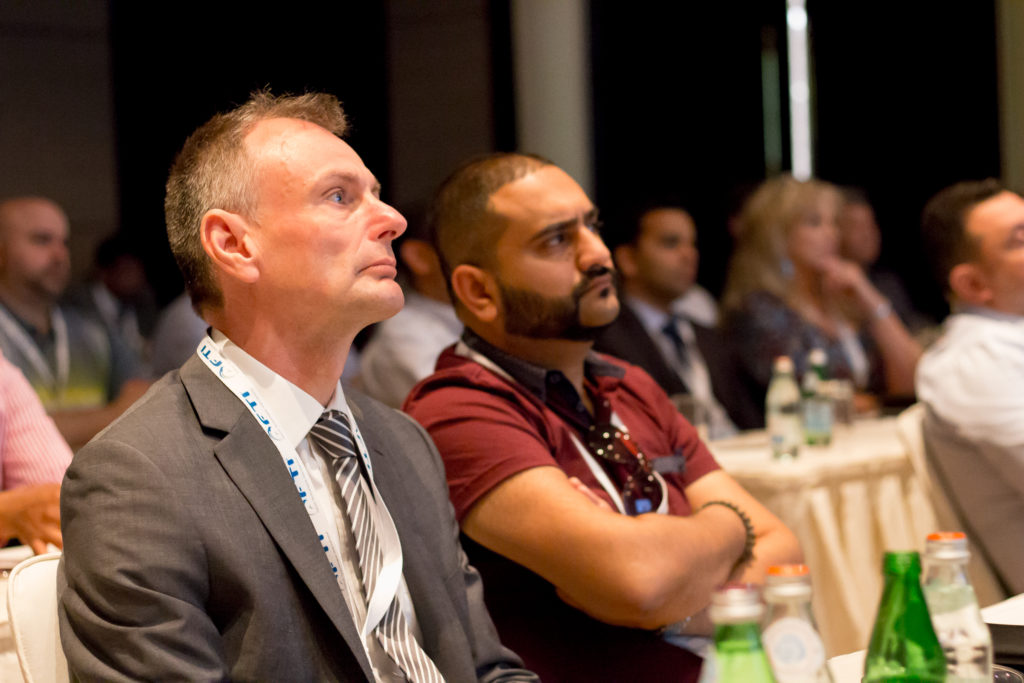Many people still remember the time when we had to listen to the favorite music from the cassette tapes, or, if you are old enough, even the vinyl records. The least ones seem to gradually come back into our houses, with the introduction of the latest re-invented record players, and there are even some signs of the cassette tape revival that are periodically observed here and there.
But what about the CDs? We kind of heard that they recently migrated from the consumer market to some niche industries like data archiving and medical IT, however there are still some implications of that media on the mass market as well (gaming consoles are still mostly operate on optical discs, as well as offline media distribution).
Anyway, when observing the revival of the media storage formats that preceded CDs and DVDs, one may logically presume that same phase will come one day and for the optical discs. Many people still use optical media for things like music playback, as many claim that sound quality of the studio recorded disc can’t be beaten by anything else.
Saskatoon based writer, editor and columnist with the StarPhoenix and related publications, Cam Fuller still remembers the days when the optical disc started its small industrial revolution, that eventually changed the way we listen to the music and watch the movies. Here are his memories, that reflect those days:
The miracle of the compact disc is not forgotten by me.
I remember when they first came out. They were impossibly cool. There was no hiss and pop when you put one on, unlike vinyl records. I remember an audiophile magazine article from way back then. The writer was caught off guard after pressing play — with no background noise before the music started, it was like nothing was working at all. You had to trust the song would start eventually and avoid cranking your speakers to full volume on speculation. Many woofers were melted by impatient audio fools, I suspect.
CDs were small and shiny and oh-so modern. Amazingly, they could hold 75 minutes of music, way more than an LP. And you could play them in a car. If you listened to Tom Cochrane’s Life is a Highway on CD when you were literally on the highway, life was just about as good as it could possibly get.
Because of my job, it felt like I had an even closer relationship with CDs than most people. Working in the Entertainment Department put me on the publicity list of every major record label. Since they wanted attention for their bands, they’d send CDs. Lots of CDs. CDs for bands I was doing stories on. CDs for bands I wasn’t. Compilations, movie soundtracks, you name it.
In fact, the three main labels had representatives who’d phone and pop by with boxes of them.
Was I spoiled? Was I ever. Unless it was for somebody else’s Christmas present, I rarely bought a CD, and when I did it was a jolt of reality. “Twenty-three bucks? What a rip.”
This was free music before free music, a golden age before downloading changed everything. My entire music collection consisted of 50 LPs and 25 cassettes. We’re talking 600 songs. Then one day I was drowning in music. “What is Third Eye Blind? I’ll have to give it a whirl. Ooh, the new Aerosmith album!” Having access to all that music was like being able to make it rain when you needed rain. A god-like power.
And then something happened. Twenty-five years went by. The novelty wore off, to say the least. Digital music took over. And I’m left, on my shelves, with a gallery of the obscure. Kashtin, the soundtrack from the movie The Perez Family, The String Cheese Incident, Woman and Songs 6, The World’s Very Best Opera for Kids. It’s nothing if not diverse.
None of these, by the way, have I listened to in the past 20 years. It wouldn’t feel right selling them but I doubt there’s a market anyway. I can’t in good conscience take them to the landfill. They’re no good for floor tile. I suppose I could wait until they’re cool again — it happened for LPs. And I just read that The String Cheese Incident has a new album. I’m so out of it, I’m cutting-edge.
Source: Saskatoon StarPhoenix
























 Falcon Technologies International LLC’s Research and Development team have created a solution that complies with the archival needs and requirements of the financial institutions and government entities. Our FalconMEDIA Century Archival CDs and DVDs with golden and platinum reflective layers showed outstanding results during the internal and third-party benchmarking tests: data stored on these professional archival discs stays accessible and integer for more than 500 years – timeframe that is enough to archive data for almost 7 future generations of the humanity.
Falcon Technologies International LLC’s Research and Development team have created a solution that complies with the archival needs and requirements of the financial institutions and government entities. Our FalconMEDIA Century Archival CDs and DVDs with golden and platinum reflective layers showed outstanding results during the internal and third-party benchmarking tests: data stored on these professional archival discs stays accessible and integer for more than 500 years – timeframe that is enough to archive data for almost 7 future generations of the humanity.











